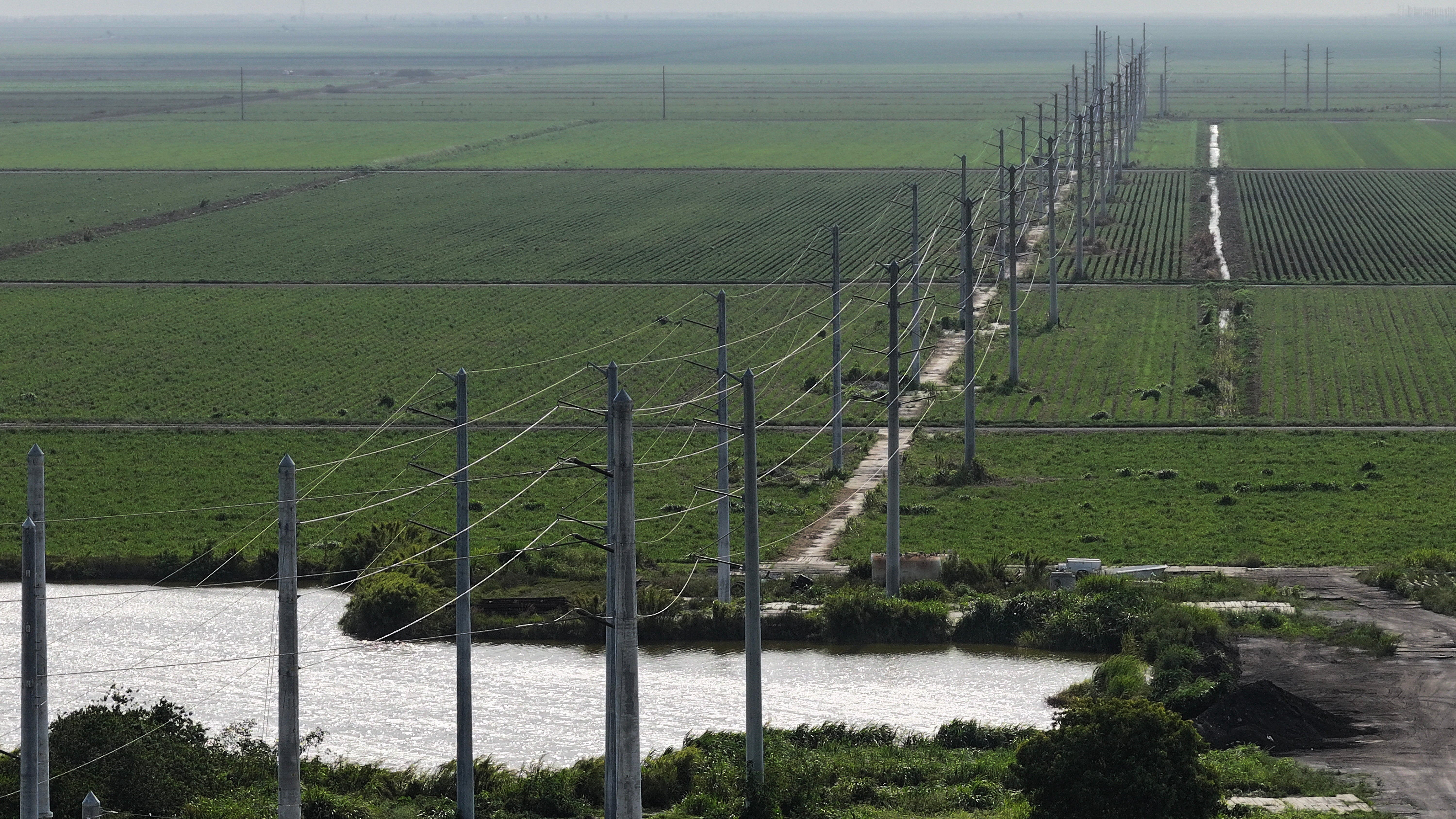Amid already high, and rising, electricity prices, President Donald Trump’s broad domestic policy bill, which is up for debate in the Senate, could make the situation even worse.
If the legislation passes as it currently stands, it would remove federal tax credits from the Biden presidency for sources of electricity such as solar, wind, batteries and geothermal power, The New York Times noted.
Several studies from this year reveal that the energy bill of the average family could rise as much as $400 annually.
For the first time in decades, demand for electricity is on the rise, in part because of the construction of data centers required for artificial intelligence. And power companies are having difficulties keeping up with the rising needs.
The removal of tax breaks for wind turbines, solar panels, and batteries would make such sources of power more expensive, and their availability would decrease. As a result, the demand for power from natural gas would rise. This could lead to a rise in gas prices, which at the moment is responsible for 43 percent of U.S. electricity.
The Trump administration has also taken action to sell more gas abroad, which could lead to further price rises. Additionally, Trump’s levies on steel, aluminum, and other construction materials would increase the cost of transmission lines and other kinds of electrical equipment.
The Clean Energy Buyers Association, which represents companies that have committed to buying renewable energy, commissioned a study that found that the repeal of clean energy credits would lead to a 13 percent increase in electricity in states such as New Jersey, North Carolina, Arizona, and Kansas. It could also lead to the loss of thousands of jobs by 2032.
Trump administration and gas industry officials push back on such claims, arguing that the president’s measures to make it cheaper to drill and build pipelines will lead to a decrease in electricity prices. They also argue that wind and solar have received subsidies for decades and that their continuing expansion could make the electric grid less dependable.
A spokesperson for the Department of Energy told The Times that the president’s “agenda is to lower the cost of oil production in the United States, lower the cost of natural gas production in the United States — that ultimately will lead to lower average prices and at the same time profitability for businesses.”
“Prices are going to move up and down in the short term,” he added, however, noting that the administration would be focusing on policies “that will deliver long-lasting prosperity.”
Four Republican Senators wrote in a letter in April that, because of the rising demand for energy, “it is imperative that any modifications to the tax code avoid worsening the economic pressures that American households and businesses already face.”
“For energy credits that provide a direct passthrough benefit to ratepayers, repeals would translate into immediate utility bill increases, placing additional strain on hardworking Americans,” they added.

The Energy Information Administration found that since 2022, U.S. residential electricity prices have increased by 13 percent on average.
In Ohio, prices are on the rise as data centers are being built in the state. Meanwhile, in California, wildfires are a source of rising costs.
One of the major reasons behind rising prices is the unstable nature of natural gas prices, which rose sharply following the Russian invasion of Ukraine in 2022. After falling to record lows in 2024, gas prices are set to almost double this year and rise even more next year. This comes as demand is on the rise domestically, even as the U.S. is selling more gas overseas.
Since 2022, the cost of building gas power plants has almost tripled. Gas companies are now in the midst of wait times of up to half a decade for new gas turbines. Meanwhile, drilling for natural gas has grown more expensive amid rising equipment costs due to tariffs.
As of 2020, 34 million households stated that they struggled to pay their energy bills and kept their homes at unsafe temperatures because of worries about costs.
This comes as the Trump administration has vowed to end the Low Income Home Energy Assistance Program, which helps 6.2 million people pay for high energy bills.
The executive director of the National Energy Assistance Directors Association, Mark Wolfe, told The Times that “We’ve got millions of families that are already struggling to pay their bills.”
“Now you bring in extreme temperatures, record heat, and it’s a very bad situation,” he added.
Musk calls Trump’s tax bill a ‘disgusting abomination’
Napa Valley town that once rode out emergencies with diesel gets a clean-power backup
Environmentalists criticize Trump administration push for new oil and gas drilling in Alaska
Air quality worsens in eastern US as Canadian wildfire smoke hangs over Midwest
Top DeSantis aide named next Florida education commissioner
Ivanka Trump promotes book by author who criticized her dad: ‘If Trump wins, we lose’







